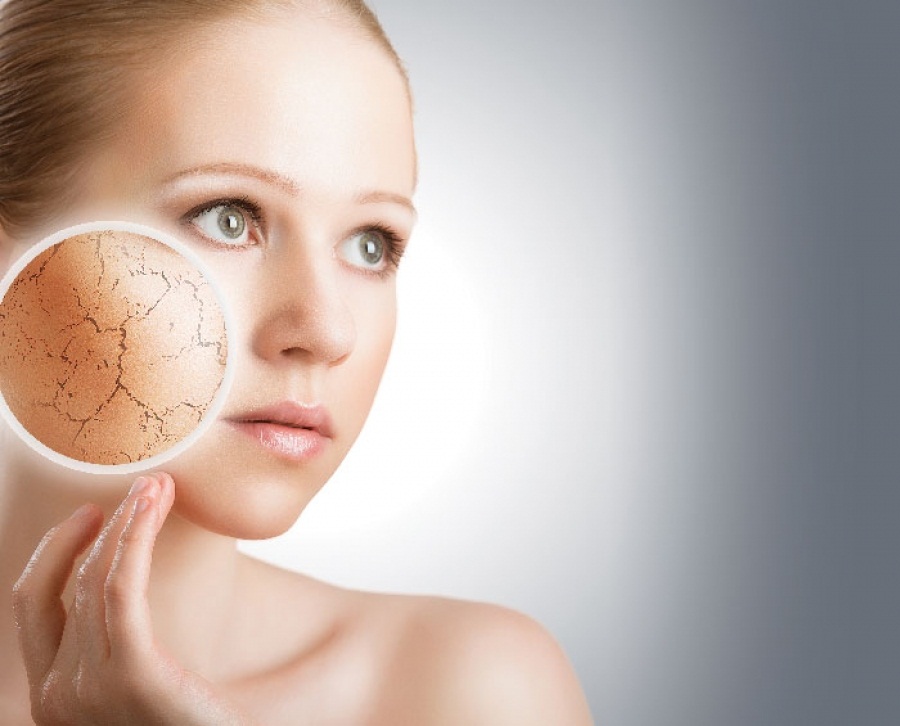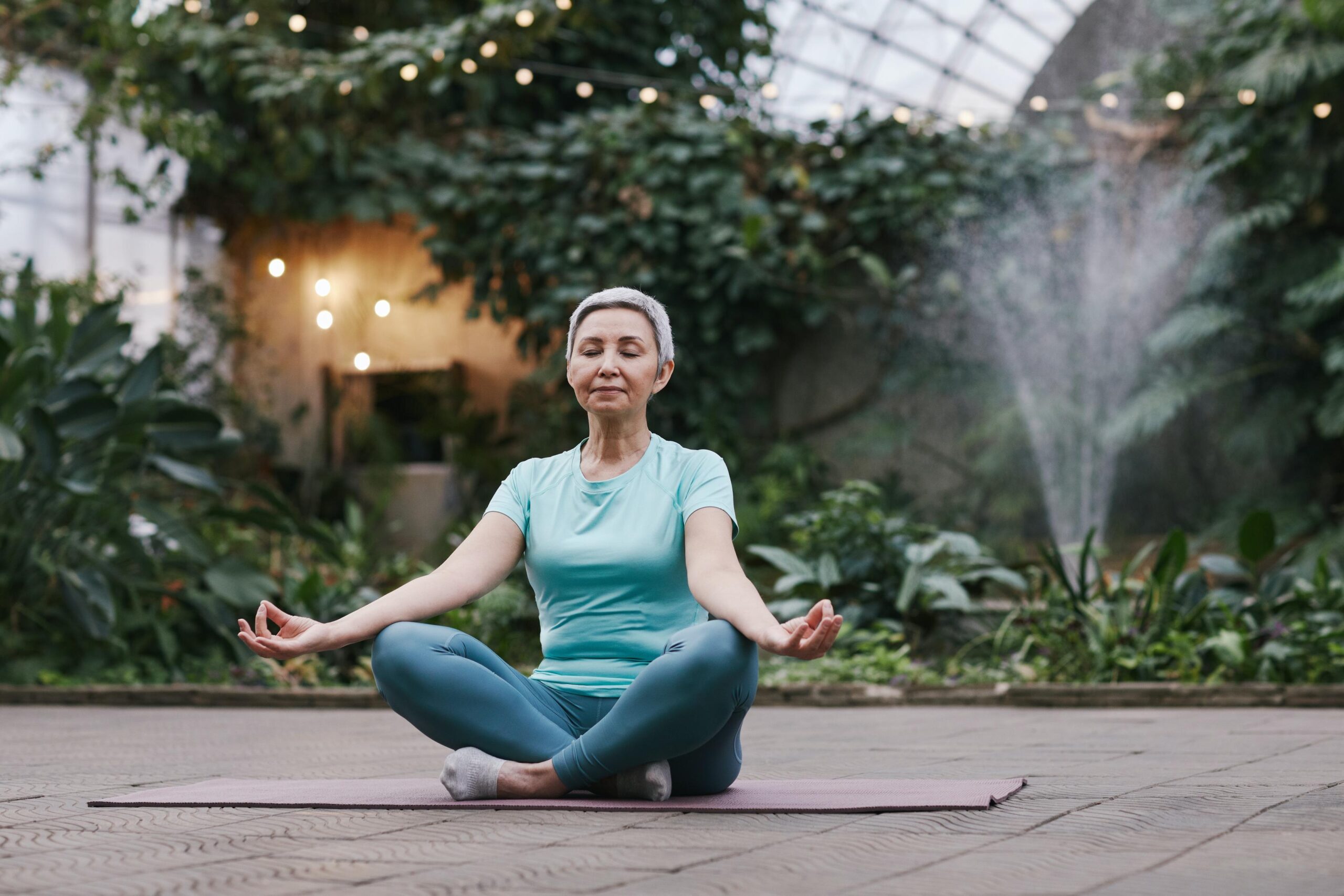
Most people are familiar with the common skin types, namely dry, normal, combination or oily. But another skin type seems to have emerged in recent years. Have you ever heard of dehydrated skin? If you have, but are unsure of what exactly it is and whether you have it, read on to learn more about this actually quite common skin condition.
What is Dehydrated Skin
First of all, contrary to popular belief, dehydrated skin is actually not a skin type. It is a skin condition that any of the usual skin types can suffer from. Simply put, dehydrated skin is skin that is lacking in water. This could be due to a number of reasons. It maybe be that your water intake is lacking, or you may be doing activities that cause excessive water loss, such as sports that make you sweat profusely. Either way, the good news is that dehydrated skin is relatively easy to treat and manage. It begins with making some simple lifestyle changes. Well Within Beauty, a beauty and wellness brand that makes high quality natural beauty products, adheres to this belief that beautiful skin begins with a healthy lifestyle.
How is Dehydrated Skin Different From Dry Skin
Dehydrated skin is often confused with dry skin, but the two are quite different and possess several distinctly different qualities. As already mentioned, dehydrated skin is a condition, not a permanent skin type, while dry skin is one of the most common skin types. Most people are born with a certain skin type, and though the condition of your skin may change slightly with the seasons and times, your skin time will most likely remain the same for most of your life. Dry skin can be managed by moisturizing regularly with an antioxidant moisturizer.
Dry skin typically lacks water and naturally produces very little oil. It can be rough, flaky and scaly, and be prone to irritation and redness. Dehydrated skin, on the other hand, lacks water but at the same time can produce excessive amounts of oil. This is because dehydrated skin tries to compensate for the lack of water by overproducing oil or sebum. As a result, it is more prone to congestion and breakouts, as well as other skin problems such as itchiness, dullness and fine lines and wrinkles.
How To Tell if Your Skin is Dehydrated
Does your skin feel okay after cleansing, but oil up excessively later on during the day? Is it dry in some areas and oily in others? Do you feel tightness, especially on your upper cheeks? If you answered yes to most of these questions, chances are you may have dehydrated skin.
Another simple test you can do to check if you have dehydrated skin is to pink your cheeks lightly. If the skin wrinkles instead of bouncing back, this is a good sign your skin is dehydrated.
How to Treat Dehydrated Skin
The simplest thing you can do to treat dehydrated skin is to increase your water intake, stat. Drink plenty of water every day, and cut back on alcohol, coffee and other sources of caffeine. You can also increase your water intake by eating foods that have high water content, such as watermelons and celery. If you work out regularly or lead an active lifestyle, it is important to stay properly hydrated as you exercise.
Switch to a gentle, PH-balanced cleanser that won’t strip your skin dry. Make sure to apply moisturizer every day, preferably right after you wash your face, when your skin is still damp.
With these simple lifestyle changes and skincare steps, you can treat your dehydrated skin and restore balance back to your skin in no time. You will also enjoy better health as an added benefit.




